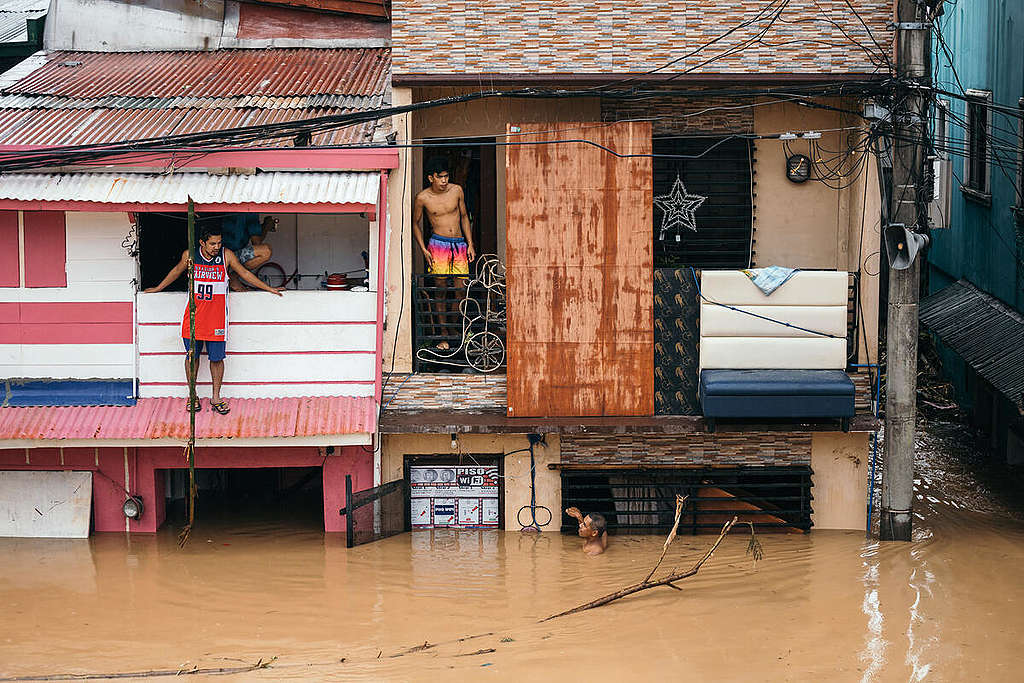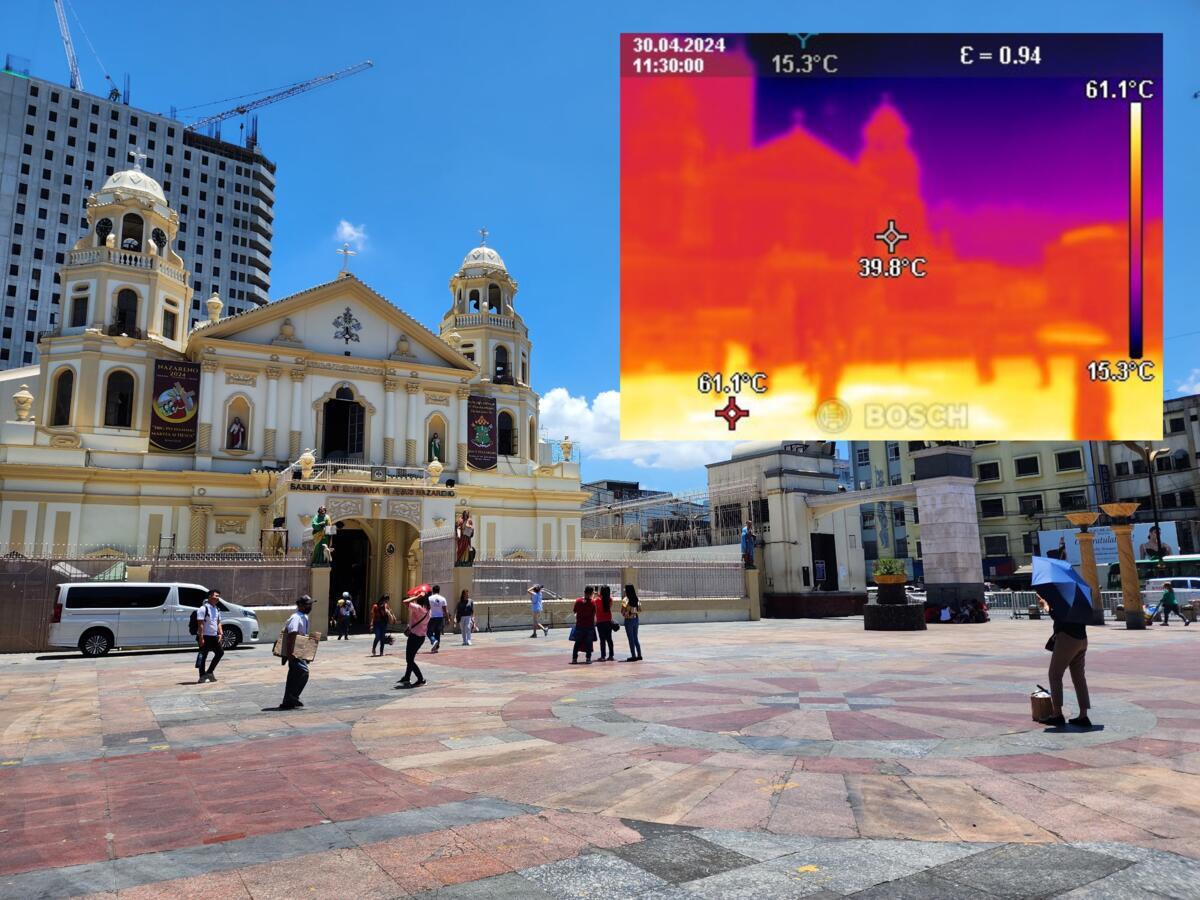City of Manila’s people and economy may suffer from sea level rise and coastal flooding by 2030: Greenpeace report
Quezon City — The double whammy of sea level rise and coastal flooding can leave the Philippine capital City of Manila submerged by 2030, according to a new report from Greenpeace East Asia [1] . The result may endanger 1.54 million people out of the city’s population of 1.78 million, and set back the city’s GDP by US$39 billion. The report, which looks at seven cities across Asia Pacific, calls for stronger climate action from government decision makers across the region in order to avert the worst climate scenarios.

“Experts have long known the extreme vulnerability of coastal cities such as Manila to climate impacts due to flooding events compounded by sea level rise,” said Greenpeace Country Director Lea Guerrero. “But, what we’re seeing is that we may experience these impacts sooner than we think. Within this decade, coastal cities in Asia and the Philippines—not just the City of Manila—are at high risk from rising sea levels and intensifying storms, impacting our homes, safety, and livelihoods [2]. The data presented in this report should serve to urgently spur government leaders to prioritize climate action.”
The report estimates that by 2030, 15 million people across the seven cities in Asia will live in areas at risk of flooding. The analysis is one of the first of its kind to use high spatial resolution data to suggest the areas of each city that are at risk from floods. The analysis takes into account land area, population, and GDP. Compared to other cities, Manila is especially vulnerable, being one of the most congested cities in the world, and identified as one of the riskiest cities in terms of natural disasters. [3]
Greenpeace has long been calling on the government to chart out a coherent strategy from local to national levels to address the climate crisis. The environmental organization states that the strategy should mainstream climate action in all policies, plans, and projects, including in city planning, infrastructure projects, permits for large-scale industrial activities, and fisheries and agricultural policies.
“This July marks National Disaster Resilience Month. We need to remember that climate action needs to be at the core of this response. The climate emergency is already here, and we need to strengthen disaster management planning and enable communities to cope with climate impacts. This includes updating infrastructure, establishing early warning systems, decentralizing climate information to enable more people to plan for climate impacts, and strengthening community-based disaster risk reduction,” said Guerrero.
But beyond disaster response, Greenpeace maintains that a coherent strategy must include actions to curb greenhouse gas emissions. The group is calling on the Philippine government to:
- cancel all new coal-fired power plants in the pipeline and speed up the shift to clean and renewable energy (RE);
- call on other countries, particularly industrialized nations, to enhance their emissions reduction targets in order to meet the Paris Agreement; and at the same time raise the ambition on its submitted nationally determined contribution targets;
- charge relevant government agencies and the Congress to adopt policies and enact laws to protect the climate, on the basis of climate justice; and
- direct public and private entities to align their practices and/or business models to the goals of the Paris Agreement, and hold fossil fuel companies accountable for their share of responsibility for the climate crisis.
Greenpeace Philippines Liveable Cities Campaigner Rhea Jane Mallari added: “With the release of the report, Greenpeace is also calling on Manila Mayor Isko Moreno and other LGU leaders to prioritize climate adaptation and mitigation strategies in their city planning development.”
“This report is also a call for Mayors to focus local development goals in providing and supporting people’s wellbeing through people- and planet-centered systems. This includes not just investing in green and sustainable technologies, infrastructure, and localized solutions such as green belts, natural carbon sinks, and RE systems, but also championing inter-LGU dialogues to address climate impacts. This entails shifting LGU mindsets and practices, from disaster response to building adaptive capacity of their communities.”
Notes to editors:
[1] Download the report, The Projected Economic Impact of Extreme Sea-Level Rise in Seven Asian Cities in 2030, June 2021.
[2] Greenpeace research as early as 2007 shows that only one of the 16 regions of the Philippines is not vulnerable to a one-meter rise in sea level, and the regions and provinces most susceptible to sea level rise, extreme weather events, and landslides are also among those with the highest poverty incidence.
[3] Data from 2015 Population Census / SwissRe’s global ranking of cities under threat from natural disasters
Angeli Cantillana
Communications Campaigner, Greenpeace Southeast Asia – Philippines
[email protected] | +63 998 595 9733




Discussion
Pag matuloy yung dredging of Manila Bay, fishermen from all of the coastal provinces will lose their source of income for the next 2 years thus killing the fish market vendors as well.. I am surprised the Municipality of Limay(Bataan) accepted the proposal..